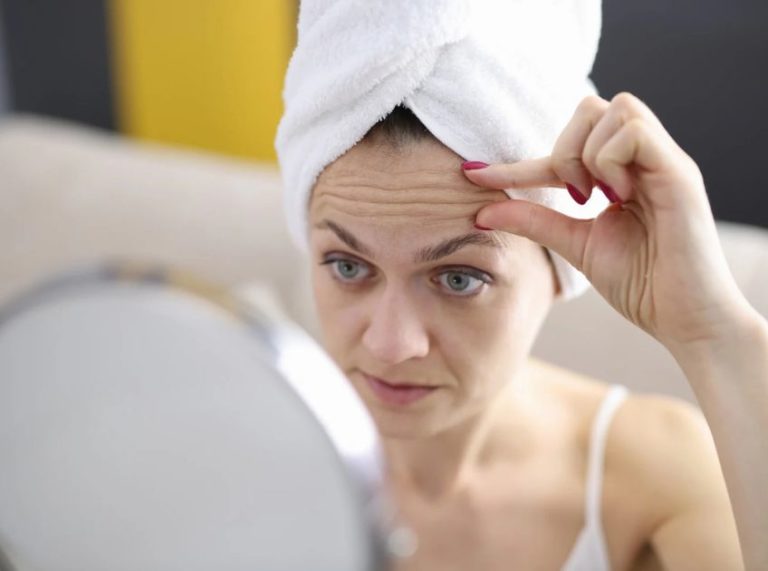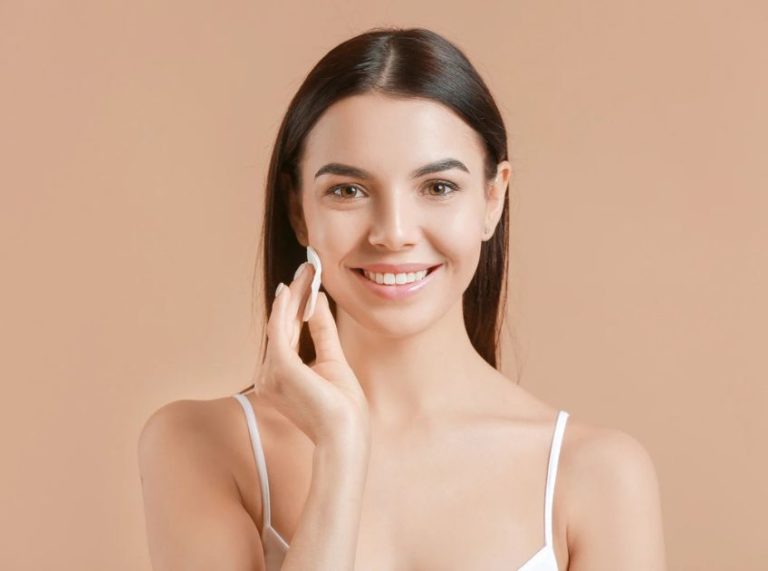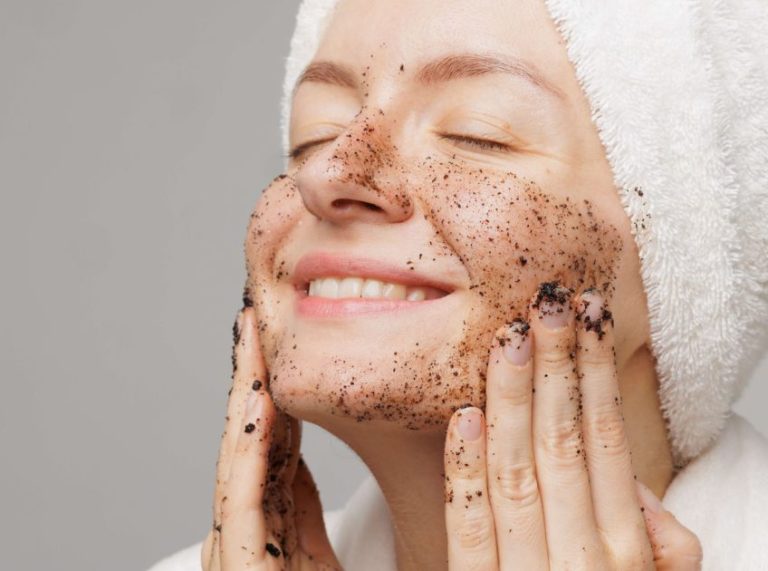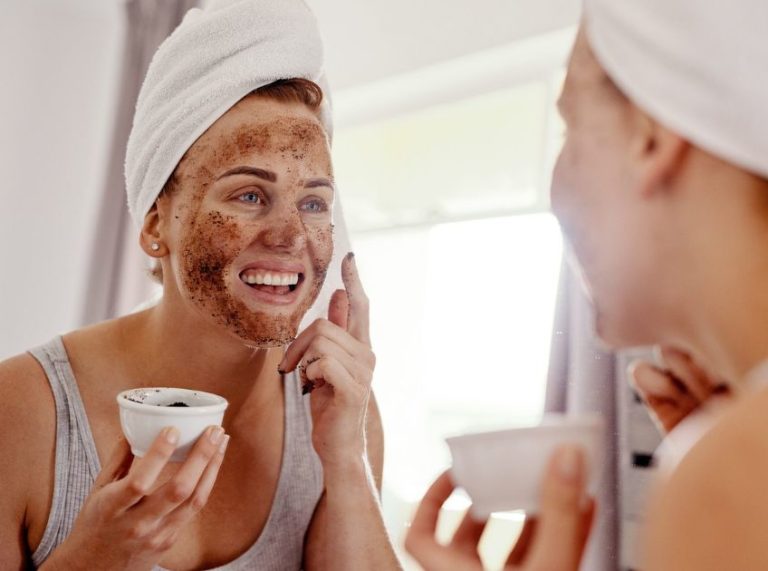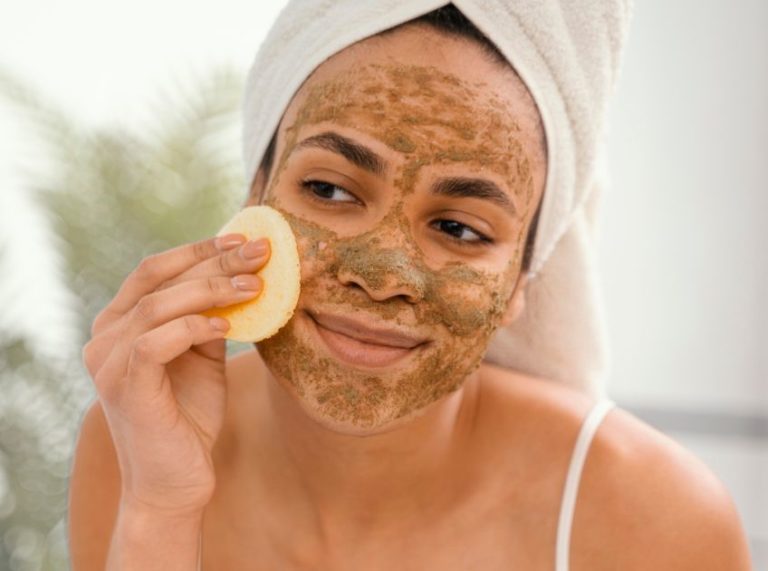
Important: This article is for informational purposes only. Please read our full disclaimer for more details.
Keratosis is the term coined to indicate a skin condition in which keratin overgrows in the skin, appearing as warts, patches, or moles. Keratosis can be of two types- actinic keratosis and seborrheic keratosis. While both these skin conditions may show up in middle age, it is important to understand the difference between the two to know their outcomes and get the right treatment at the right time. Even though both occur as a result of excess keratin, seborrheic keratosis is harmless, while actinic keratosis can become cancerous. Since the gravity of the issue is concerning, it is essential to understand these lesions and get an insight into Seborrheic Keratosis vs. actinic Keratosis.
Difference Between Seborrheic Keratosis And Actinic Keratosis
Seborrheic Keratosis
The lesions appearing as warts or moles are usually seborrheic keratoses that are benign or harmless (1).
Symptoms
- Slightly raised growths on the skin
- Round or oval-shaped
- Brown, black, white, or tan colored
- Stay stuck on the skin
- Scaly texture
- May grow in size and thickness over time
- Appear on the face, chest, stomach, back, and shoulder
- Painless but may cause slight itching
Causes
There is no scientific data telling the exact cause of seborrheic keratosis. It is believed that they may appear under the following circumstances.
- When you reach middle age (30 to 40 years)
- If you have a family history of developing seborrheic keratosis
- Hormonal changes, especially during pregnancy and hormone therapy
- Excessive sun exposure (2) but may also appear on areas not exposed to the sun
Actinic Keratosis
This type of skin lesion is considered precancerous; therefore, once diagnosed, it requires immediate treatment (2).
Symptoms
- Thick, rough, and gritty patches on the skin
- Horn like growth
- Small in size (< 2cm)
- Same color as that of the surrounding skin
- Appear pink on lighter skin tone
- Burning sensation and itching
- Appear on sun-exposed areas of the skin
Causes
The major cause of actinic keratosis is excessive sun exposure for a long period of time (3). The chances increase under the following circumstances.
- When you reach over 50 years of age
- People with light skin
- If the skin tends to burn easily under the sun
- History of frequent sun exposure
- Weak immune system
What Are The Treatment Options For Actinic Keratosis And Seborrheic Keratosis?

Seborrheic Keratosis
Since seborrheic keratosis is harmless, there is no need to treat them unless you don’t like how they look and feel. You may visit a dermatologist who will recommend one of the following to remove seborrheic keratosis.
- Cryosurgery
- Electrosurgery or curettage
- Ablation
- Topical solution, Nitrizinc Complex that shrinks the lesions in six months (4)
Actinic Keratosis
When the skin lesions are diagnosed to be actinic or precancerous, the doctor will recommend the following treatment options
- Electrocauterization
- Cryotherapy
- Curettage
- Chemical peels
- Topical medical therapy
- Photodynamic therapy
In a nutshell, below is the table to refer to understand seborrheic vs. actinic keratosis.
| Aspect | Seborrheic Keratosis | Actinic Keratosis |
| Appearance | Raised, waxy, or wart-like growths. | Rough, scaly, or crusty patches. |
| Location | May appear on sun exposed as well as other areas | Primarily occurs on sun-exposed areas |
| Color | Vary from flesh-toned to dark brown or black. | Often reddish-brown or flesh-colored with possible scaling. |
| Size | Usually small, ranging from a few millimeters to centimeters. | Vary in size from a few millimeters to several centimeters. |
| Texture | Smooth or slightly rough texture. | Rough, gritty, or scaly texture. |
| Growth Rate | Grows slowly over time. | Can grow rapidly or remain stable for a long time. |
| Risk Factors | Associated with aging and sun exposure. | Primarily caused by chronic sun exposure and UV radiation. |
| Symptoms | Generally asymptomatic but may occasionally itch or become irritated. | Often asymptomatic but may occasionally itch, burn, or bleed. |
| Treatment Options | Usually benign and may not require treatment unless for cosmetic reasons or irritation. | Requires monitoring and may be treated with cryotherapy, topical medications, or other procedures to prevent progression to skin cancer. |
| Association with Cancer | Typically non-cancerous and not linked to skin cancer. | Considered a precancerous condition and may progress to squamous cell carcinoma if left untreated. |
| Diagnosis | Often diagnosed based on visual examination by a healthcare professional. | Diagnosed through visual inspection and may require a biopsy for confirmation. |
How to Prevent Seborrheic and Actinic Keratosis?
Frequent exposure to the sun is the major cause behind seborrheic as well as actinic keratosis. While the former is harmless, the latter can be life-threatening. Therefore, people with a higher risk of developing such lesions due to age or family history must
- Wear sunscreen daily, even indoors, with a high SPF rating (> 30).
- Do not use tanning beds to develop a tan
- Try to stay inside from 10 AM to 4 PM (the time of strongest UV rays) (5)
- Protect skin from UV rays by covering the skin with clothes and hats
Conclusion
The appearance of skin lesions is not always concerning; however, it is important to speak to a dermatologist to rule out the possibility of them being cancerous. It is advised to keep an eye on keratosis and see if they are causing any itching or burning sensation. At the same time, check if they are growing in size over time. These telltale signs can indicate whether skin lesions are harmful or harmless so that the right treatment can be administered.
Related Articles
